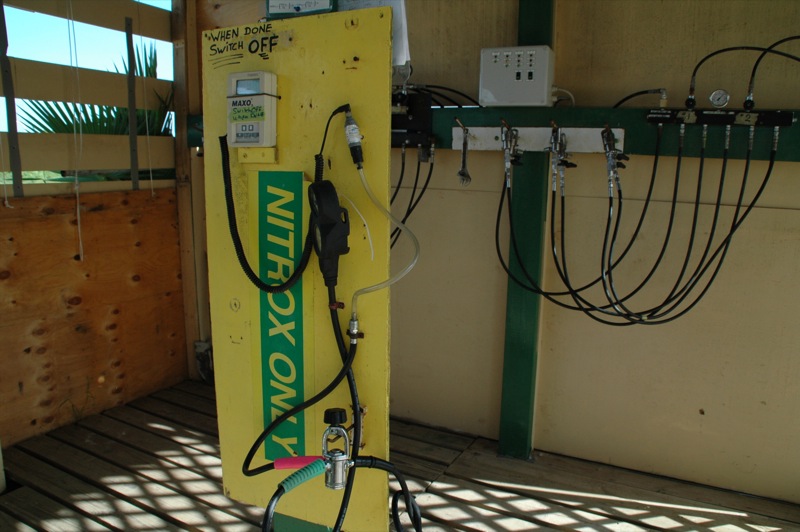What the heck? Partial Pressure Explained … Partial pressure is a term used in gas laws. Without getting into a physics lesson, in a gas mixture, each gas has a partial pressure which is equal to the fraction of gas represented in the mix multiplied by the pressure.
Our Services

Get Certified – Your Nitrox Course
Are you ready to get certified?
Nitrox.com is your premier source for getting certified as a Nitrox diver. We have affiliated dive shops that will assist you in making that happen. Not only are we a great supplemental source of information, but we can assist you in directly finding the best instructors to finish your certification.

Nitrox Refresher – Renew Your Training
Refresh your Nitrox Skills
Has it been awhile since you took your course or perhaps you haven’t dove Nitrox in some time? Whether you are getting ready for a big trip or just looking to freshen up a bit, our refreshers are a great way to keep in Nitrox shape. Great news! All our refreshers are online and can be taken from your home or office, no matter where in the world you may be.

Nitrox Course Finder
Are you looking for a Nitrox course in your area? You have reached the hub of Nitrox education. Choose from classes all around the United States.
Recent Post

Nitrox Basics: Oxygen Toxicity and The New Diver (Part 2)
As a Nitrox Diver, you have to understand Oxygen Toxicity At this point, you have to be asking, why didn’t I hear about the adverse effects of oxygen in my Open Water or Beginner Scuba Diver certification class? Good question; and some agencies are changing that and making it a part of the beginner lesson […]

Nitrox Basics: Oxygen Management (Part 1)
Do you know how to Manage Oxygen? Hovering over a reef, camera in hand – you see that juvenile spotted drumfish that you’ve been chasing for the last half hour. Finally, he has come out into the open and is parked in front of this spectacular purple sponge and bright orange anemone. Your frame is […]
Tell me about Nitrox.com
Nitrox.com is the place for you to extend your diving knowledge and ask questions without fear of intimidation. Nitrox.com will assist you in reaching your goal to not only be certified as a Nitrox diver, but be qualified as a Nitrox diver. Nitrox.com is a leading educator and conducts training programs online around the world through its affiliate dive professionals. Nitrox.com is an early adopter in the scuba industry of using technology to assist scuba divers in the quest of gaining knowledge and experience. Thank you for your interest in Nitrox.com.
What is Nitrox and why does it matter to me?
As human beings, we are used to breathing a nitrogen/oxygen mix. In fact, our atmosphere is primarily made up of these two gases. Right now, you are breathing a gas mixture known as air, which is comprised of approximately 79% nitrogen and 21% oxygen. Oxygen is what you need. Nitrogen is relatively inert and does not affect us at all, until we go underwater. As you learned in your Open Water Course, too much nitrogen is a bad thing. So that is why we look at Nitrox as a substitute to diving air. Enriched air (commonly referred to as Nitrox) is a nitrogen/oxygen mix that has more oxygen than 21% and less nitrogen than 79%. More oxygen and less Nitrogen means you can safely extend your bottom time while absorbing less nitrogen. What diver doesn’t want more bottom time? If you would like to know more, you can read through our general information section, however we also recommend taking one of our Nitrox courses.

